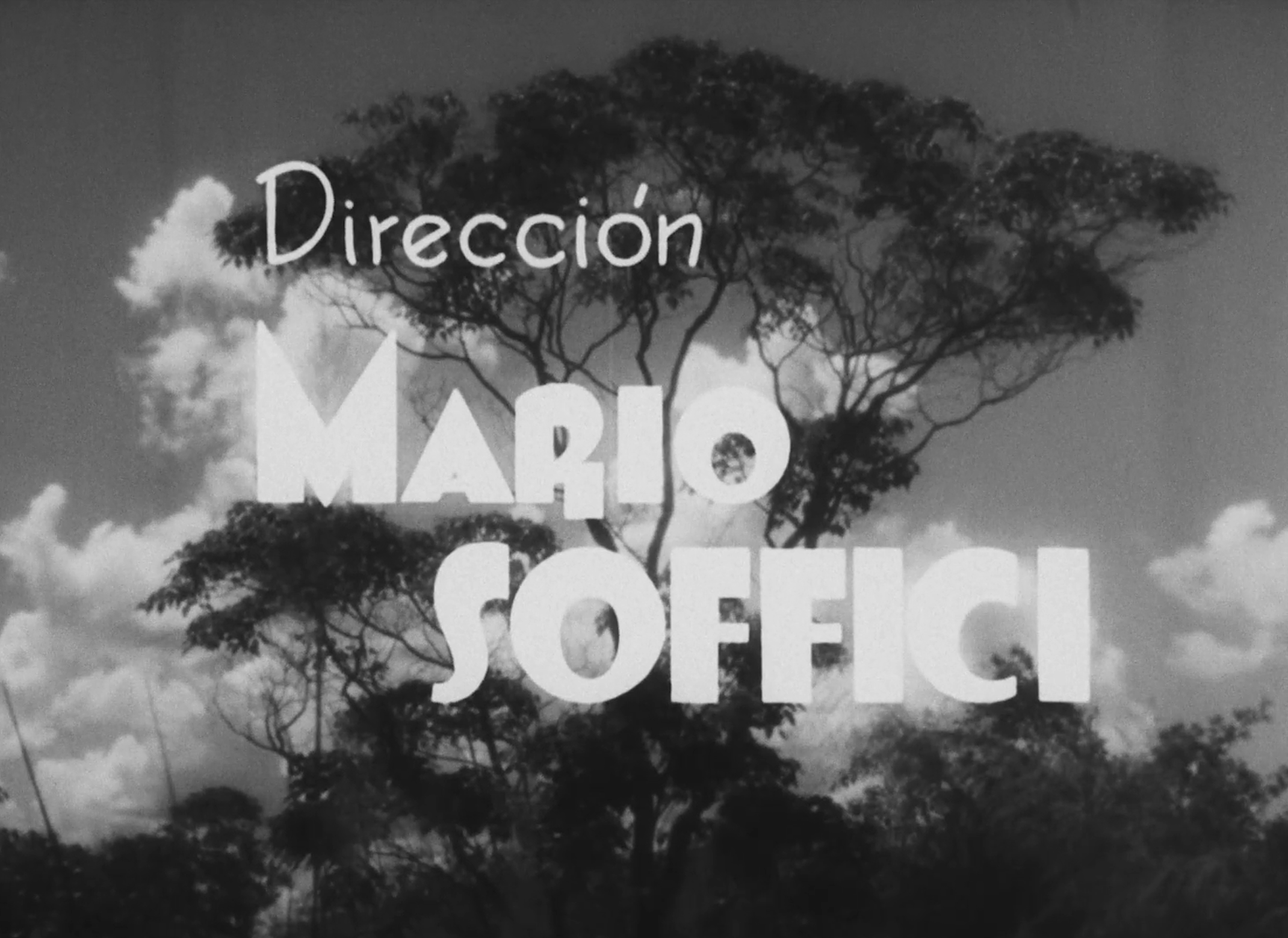
The Film Foundation Restoration Screening Room Resource Guide for
PRISIONEROS DE LA TIERRA (dir. Mario Soffici, 1939)
Presented in The Film Foundation Restoration Screening Room in April 2023
in partnership with Cineteca di Bologna, Museo del Cine Pablo Ducrós Hicken, The Criterion Collection, Janus Films, and Carlotta Films
Table of Contents
2) Special Features
-Paula Félix-Didier and Andrés Levinson in Conversation
-Matías Piñeiro and Gina Telaroli in Conversation
-PRISIONEROS DE LA TIERRA Before/After Restoration Demo
3) EXPLORE Page Materials
-The Film Foundation on Letterboxd
4) Live Screening Commentary Script
PRISIONEROS DE LA TIERRA is considered one of the greatest films ever made in Argentina. Director Mario Soffici adapted four different short stories by Horacio Quiroga, the Uruguayan playwright, poet, and author, to craft a powerful and emotional film that examines issues of social justice through its myriad of characters, all human and all flawed. Set in the yerba mate plantations of northern Argentina, the film shows the harsh working conditions of the Guaraní Indians against the beautiful natural landscapes, which highlights the ongoing conflict between the upper and lower classes. Soffici effortlessly balances his social justice narrative with more melodramatic elements of love, betrayal, and alcoholism, all filmed in dramatic black-and-white, to create a rich and honest portrait of life's many struggles. In addition to its cinematic achievements, the film is also an important record of the Guaraní dialect, which is now virtually lost.
PRISIONEROS DE LA TIERRA was restored using the best existing elements: a first generation 35mm positive print held at La Cinémathèque française and a recently rediscovered third generation 35mm positive print preserved by the Národní filmový archiv. For its overall completeness and photographic quality, the first generation 35mm positive print was used to restore the image, while the third generation 35mm positive print was the primary source for sound restoration.
A 16mm dupe negative, provided by the Museo del Cine, has also been studied and compared as a reference. Color grading was supervised by Paula Félix-Didier, director of the Museo del Cine Pablo Ducrós Hicken.
Restored by Cineteca di Bologna at L’Immagine Ritrovata and The Film Foundation’s World Cinema Project in association with the Museo del Cine Pablo Ducrós Hicken with elements provided by the Cinémathèque française and the Národní filmový archiv. Funding provided by the Hobson/Lucas Family Foundation.
Paula Félix-Didier and Andrés Levinson in Conversation
Matías Piñeiro and Gina Telaroli in Conversation
PRISIONEROS DE LA TIERRA Before/After Restoration Demo
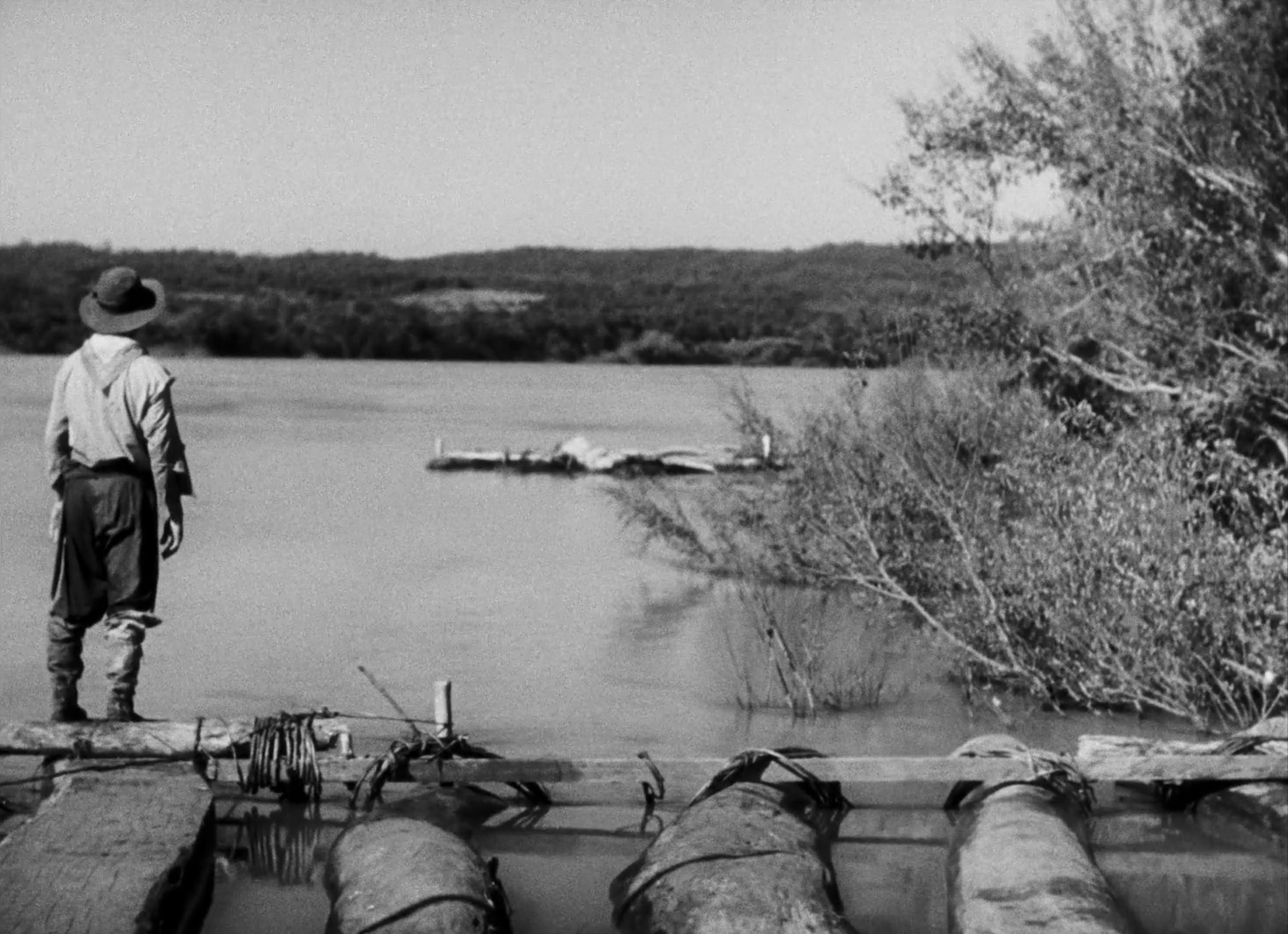
PRISONEROS DE LA TIERRA (1939)
Argentine Cinema with English subtitles (pre-1980)
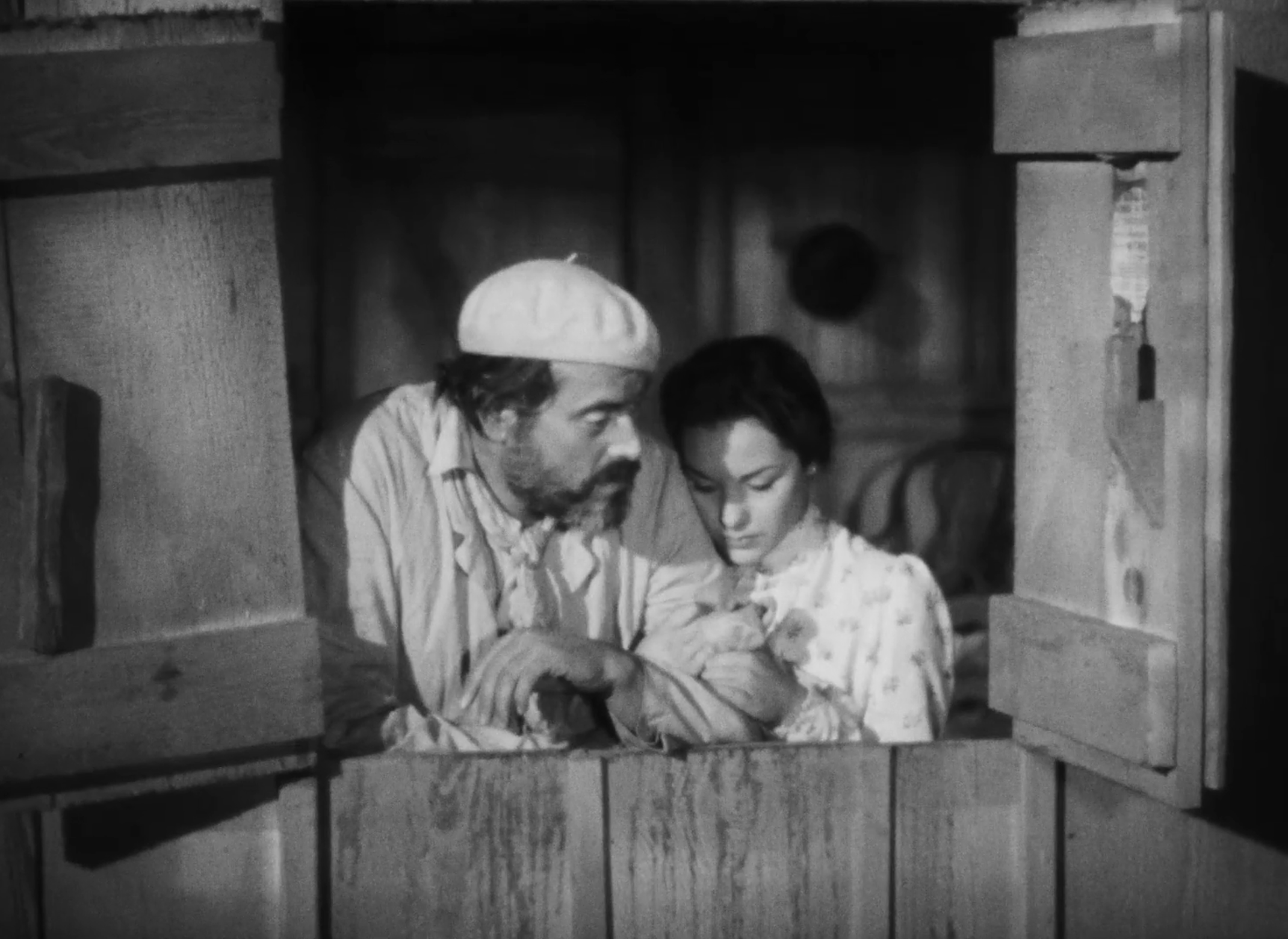
"Prisioneros de la tierra: Tropical Oppression" by Matthew B. Karush for The Criterion Collection
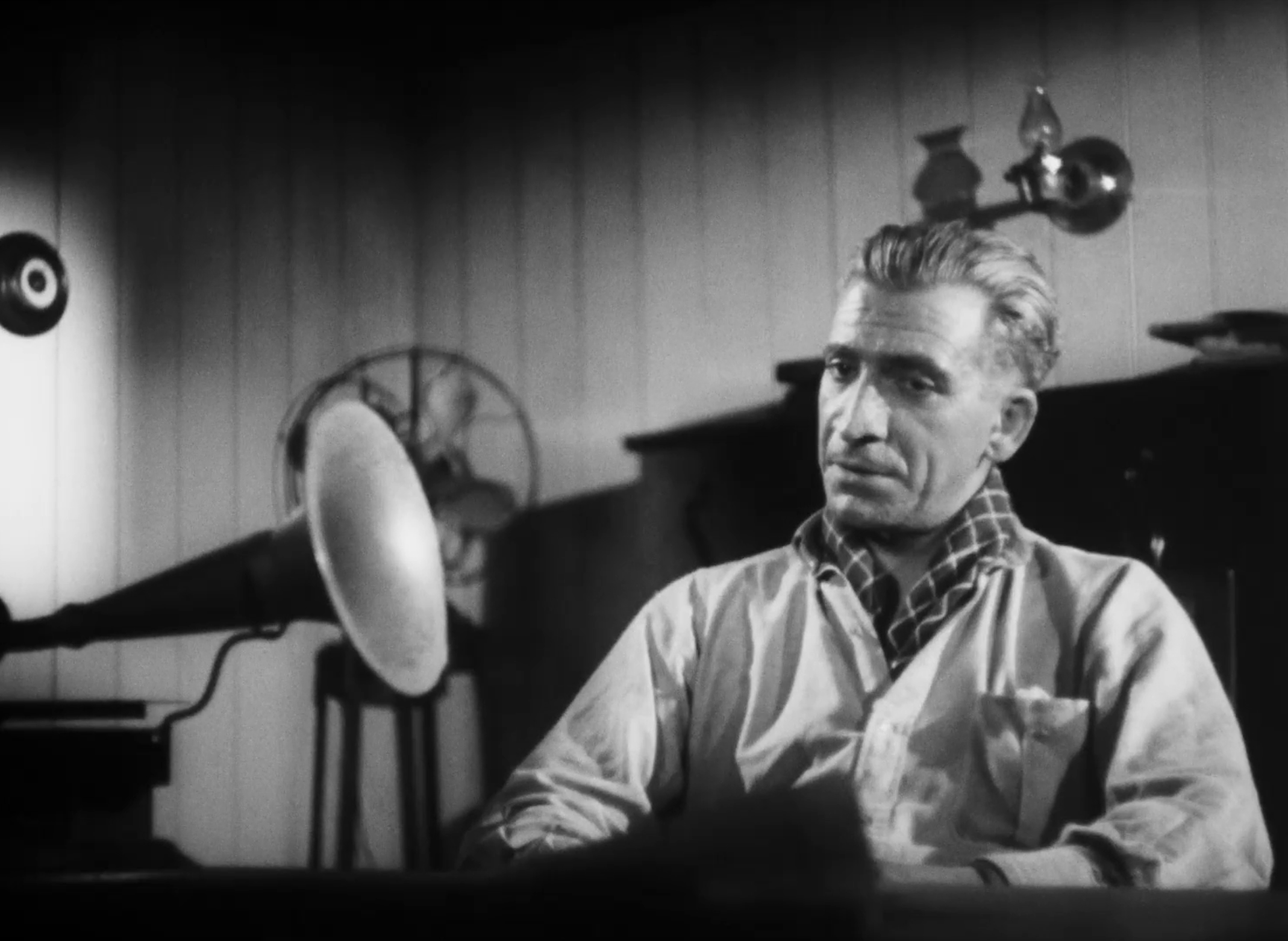
The Film Foundation on Letterboxd
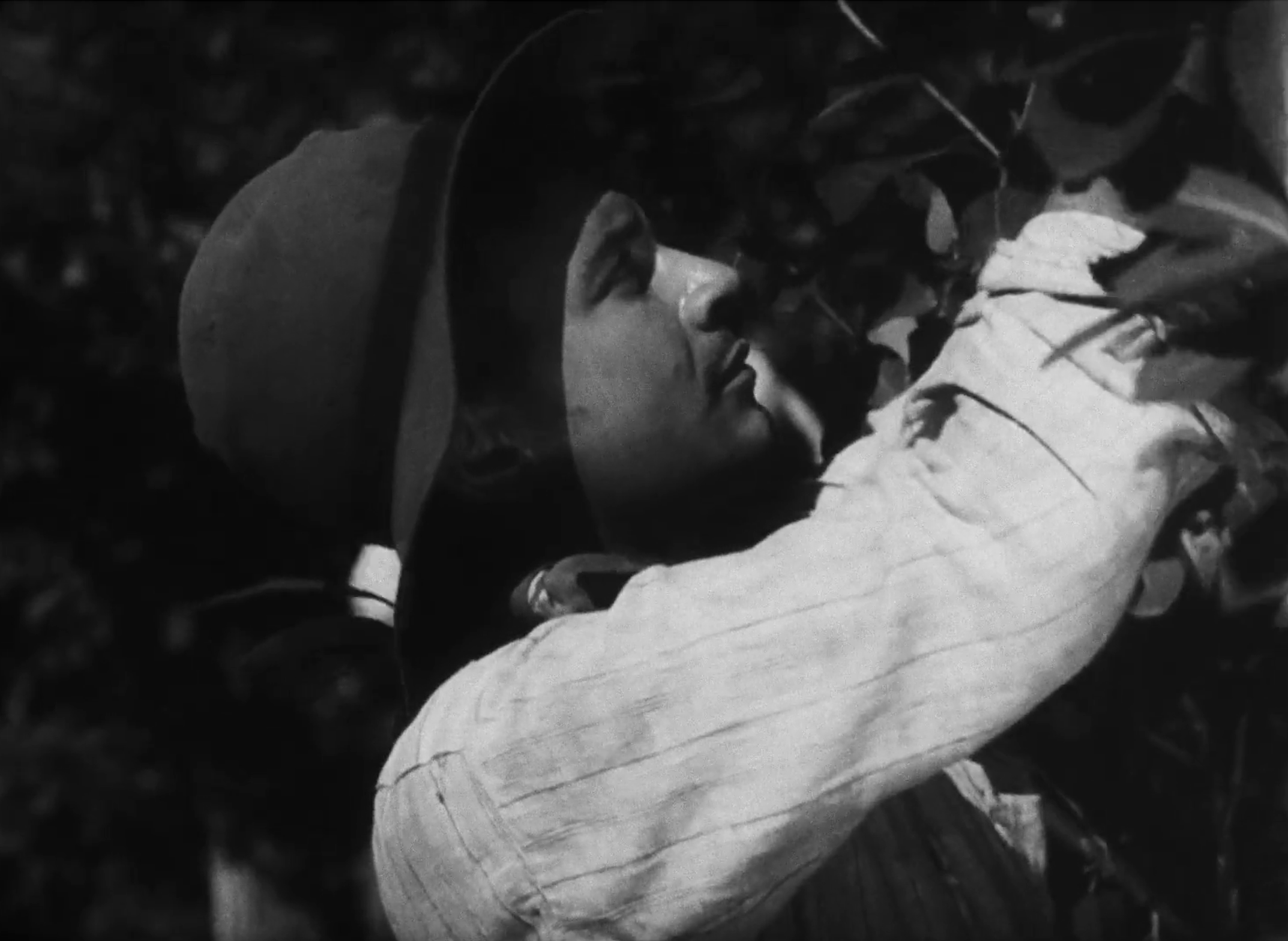
PRISIONEROS DE LA TIERRA - Live Screening Commentary Script
4/10/23
Welcome to The Film Foundation Restoration Screening Room! Tonight we’re screening PRISIONEROS DE LA TIERRA (1939, d. Mario Soffici).
You can stay with us here in the chat to learn more about the film as you watch or you can view the film full screen on-demand at 7pm.
In this chat mode the screening is live and picture controls (rewind/fast forward/pause) will not be available. If you miss anything or need to take a break, that functionality is available when watching on-demand.
Thanks for being here and we hope you enjoy our live commentary. We also encourage you to share your thoughts on the film as we go, making this a communal virtual viewing experience!
00:00:00 - 00:15:00
PRISIONEROS DE LA TIERRA is adapted from four short stories by the Uruguayan playwright, poet, and short story writer Horacio Quiroga, who lived in Argentina for most of his adulthood. He spent a lot of that time in Misiones, where he even tried cultivating his own yerba maté.
Quiroga wrote from the late 1890’s until his death in 1937.
A species of South American snake, Apostolepis quirogai, is named in his honor.
00:15:00 - 00:30:00
Director Mario Soffici was actually born in Florence, Italy in the year 1900. He moved to Argentina with his family at the age of nine, as part of the two million Italian immigrants who moved from Italy to Argentina in the late nineteenth and early twentieth centuries.
Before he started directing films, Soffici was an actor for a few years. In 1935, he began directing films and he directed around 40 films up until 1962.
Of note is his 1958 film ROSAURA AT 10 O'CLOCK, which played at the 1958 Cannes Film Festival.
To learn more about Soffici’s film work, be sure to visit our link to The Film Foundation’s Letterboxd account:
https://letterboxd.com/tff/list/directed-by-mario-soffici/
00:30:00 - 00:45:00
Paula Félix-Didier, the director of the Museo del Cine Pablo Ducrós Hicken in Buenos Aires, spoke with us about the groundbreaking production history of PRISIONEROS DE LA TIERRA:
“Mario Soffici was one of the few filmmakers who was filming on location. In Argentinian film in the 30s, as with most cinematographers in the world, they were mostly in the studio, and Mario Soffici was one of the few, the first, who shot on location. So, he traveled to the jungle, where the plantations were, and he shot there.”
Watch our complete interview with Paula Félix-Didier and Andrés Levinson, available on this page.
00:45:00 - 01:00:00
Argentine short-story writer, essayist, poet and translator Jorge Luis Borges wrote a review of PRISIONEROS DE LA TIERRA. In it he said:
“This film is very good…it is superior to all others that have come out in our resigned republic. It is also superior to most of those sent to us from Paris and California.”
In his essay “PRISIONEROS DE LA TIERRA: Tropical Oppression,” Matthew B. Karush writes that the film and others that Soffici made in the same period
“reflected the influence of FORJA, a group of young intellectuals from the Radical Party with which the director was loosely associated. The forjistas attacked the nation’s political and economic elites for allowing Argentina to be colonized by foreign capital. They hoped to build a new national culture that was free of foreign dependency and that championed the interests of the poor.”
You can find a link to Karush’s entire essay via the link below:
https://www.criterion.com/current/posts/7938-prisioneros-de-la-tierra-tropical-oppression
01:00:00 - 01:15:00
Paula Félix-Didier, the director of the Museo del Cine Pablo Ducrós Hicken in Buenos Aires, also spoke about their work restoring PRISIONEROS DE LA TIERRA:
“But this particular film really needed restoration. We only had a 16mm print, which is something that is kind of common for Argentinian cinema, because we lost a lot of negatives in a couple of huge fires.”
To learn more about the restoration process for PRISIONEROS DE LA TIERRA, watch our complete interview with Paula Félix-Didier and Andrés Levinson, available on this page
01:15:00 - The End
Martin Scorsese said in his introduction to the film:
“Soffici’s film was immediately recognized as a milestone in Argentine cinema.”
Scorsese’s complete introduction is available on this page.
Thank you so much for joining us!
PRISIONEROS DE LA TIERRA was restored by Cineteca di Bologna at L’Immagine Ritrovata and The Film Foundation’s World Cinema Project in association with the Museo del Cine Pablo Ducrós Hicken with elements provided by the Cinémathèque française and the Národní filmový archive. Funding provided by the Hobson/Lucas Family Foundation.
We look forward to seeing you in May for Henry King’s STELLA DALLAS (1925)
